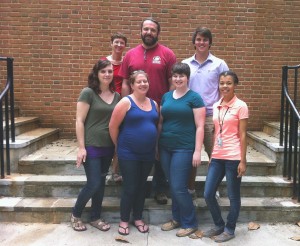Research teams bring faculty, graduate students, and undergraduates together to work toward shared goals.
The Biology Department of Wake Forest University has more than 35 full-time faculty and staff dedicated to education and research.
Click on the links below to learn more about us!
